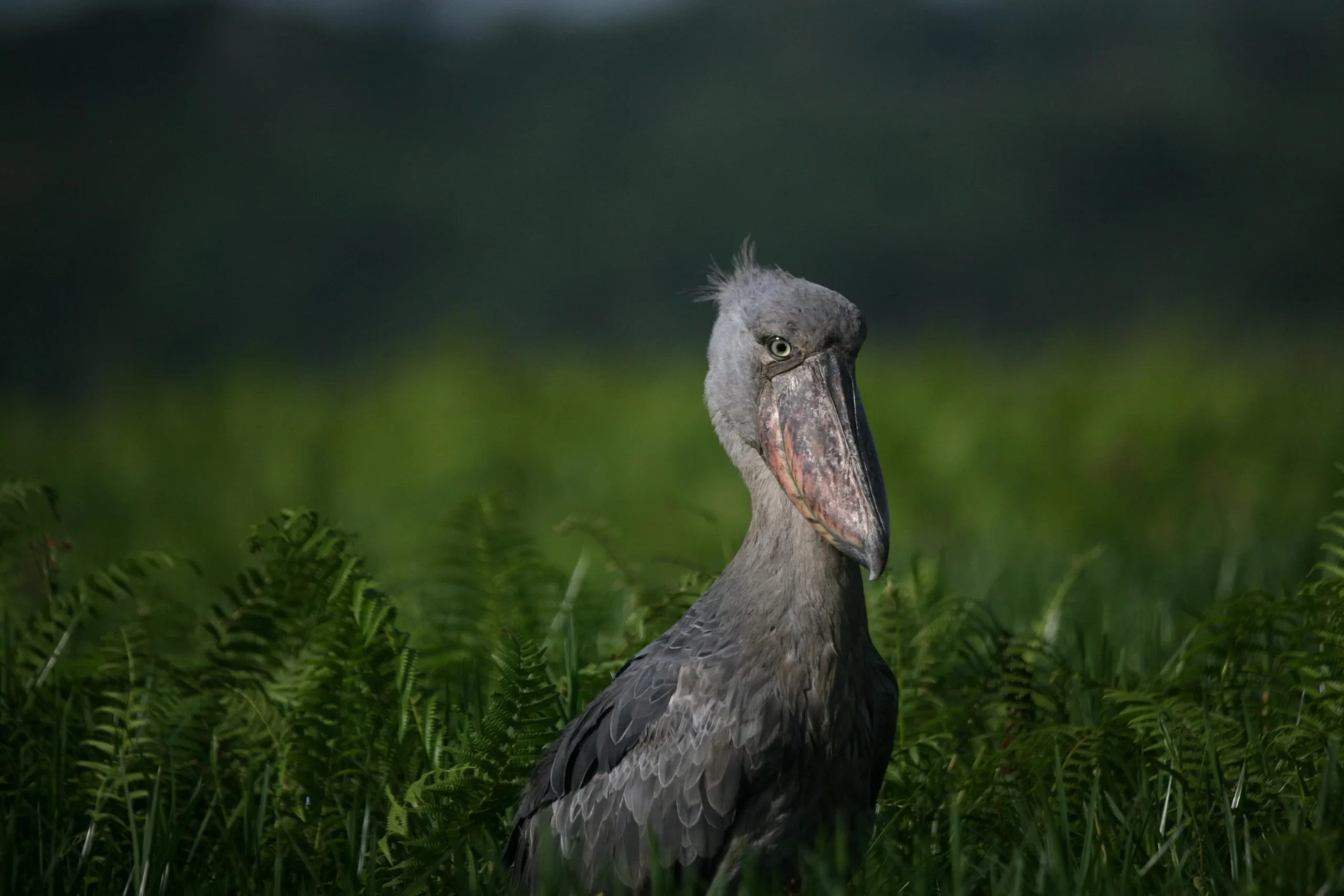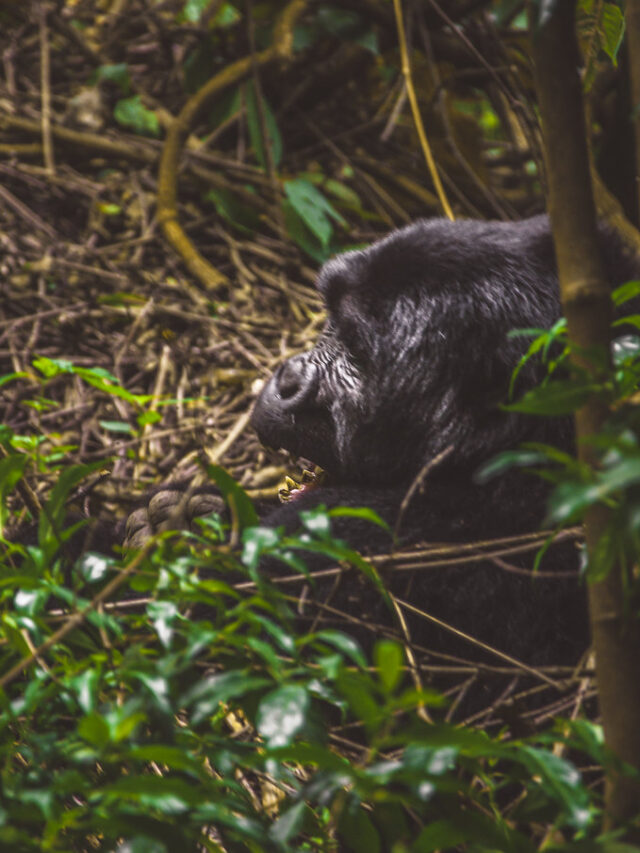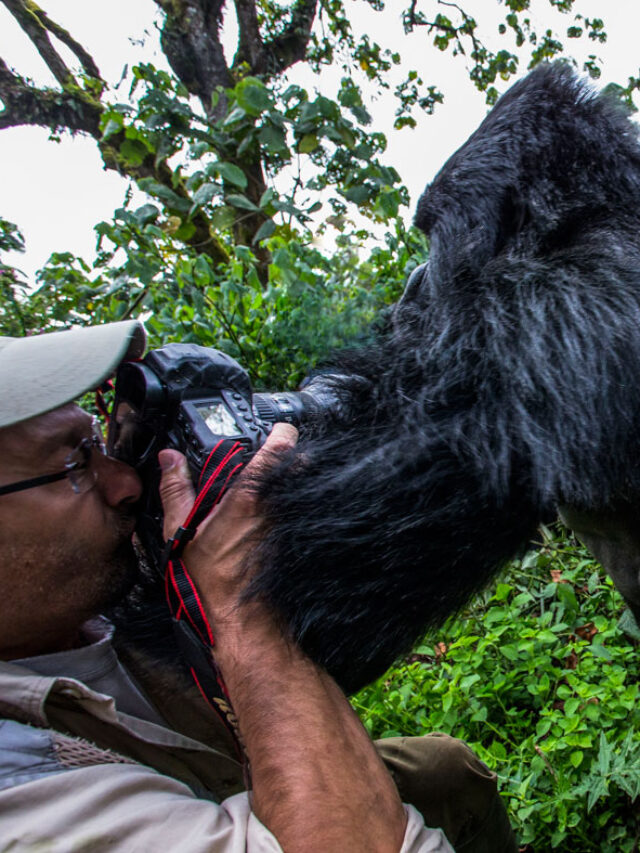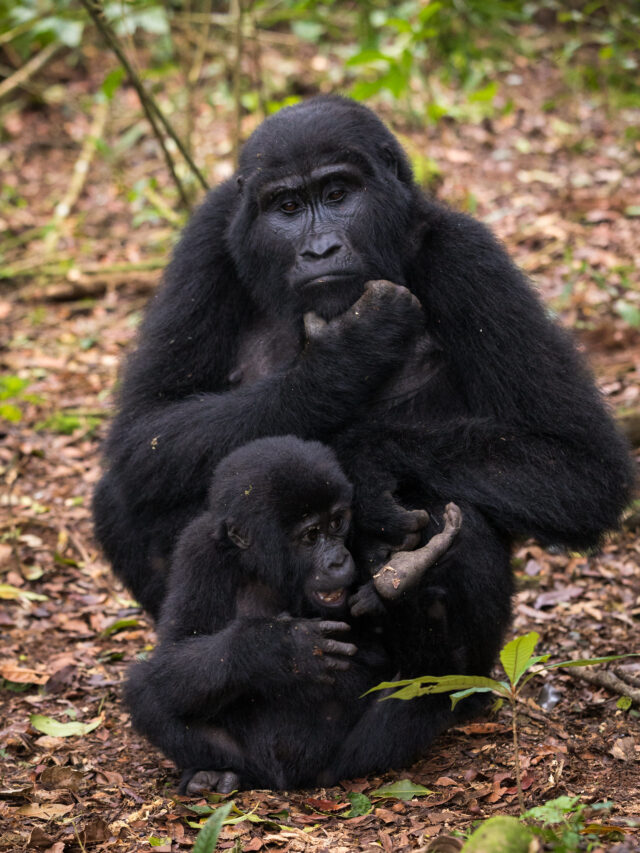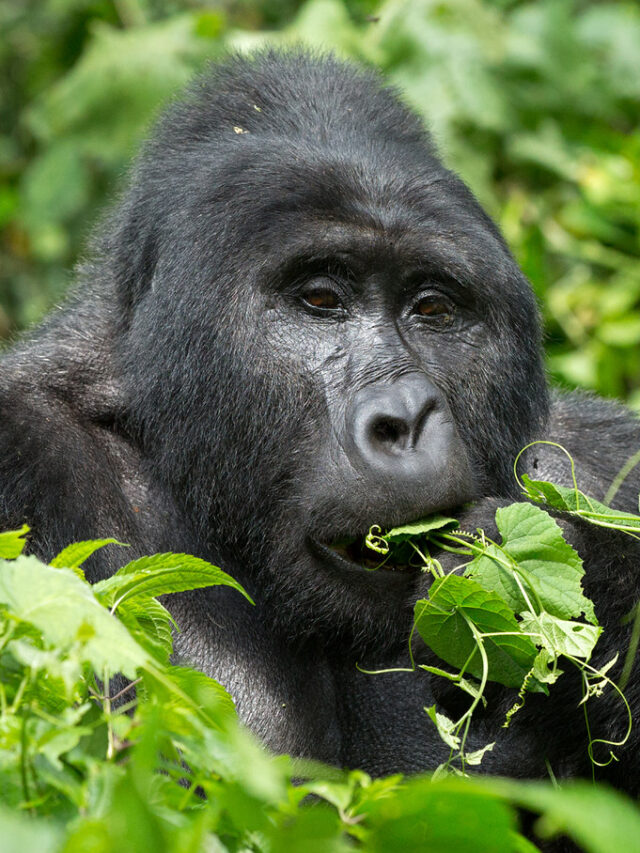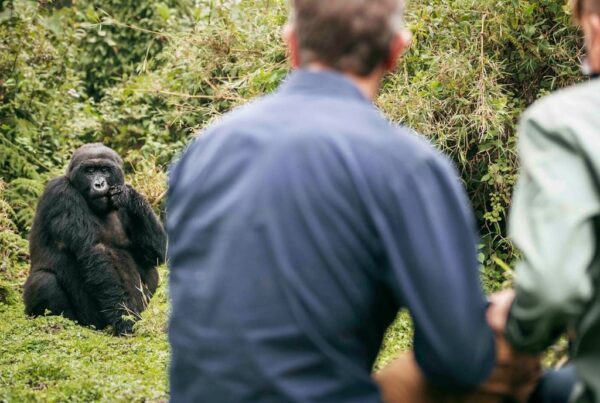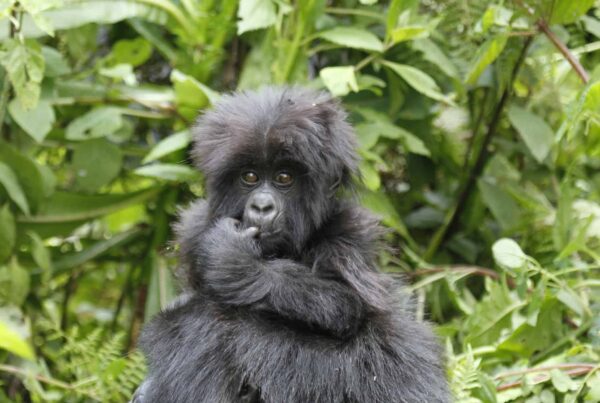Birds of Uganda: The Untamed Symphony of Africa’s Best Birding Paradise
Birdwatching in Uganda – A Deep Dive Into Africa’s Feathered Eden
Birds of Uganda — Uganda is often referred to as the “Pearl of Africa,” and for bird lovers, it is nothing short of a glittering aviary treasure chest. With more than 1,090 confirmed bird species—making up over 50% of all bird species in Africa—this landlocked country packs a punch when it comes to biodiversity. From the elusive Shoebill Stork in the wetlands of Mabamba Bay to the colorful Turacos and Great Blue Turaco in Kibale’s tropical forests, every corner of Uganda hums with the songs of winged beauty. But it’s not just the sheer numbers that astonish; it’s also the accessibility of rare species, the closeness to nature, and the undisturbed habitats that make Uganda arguably the best birding destination in Africa—and potentially the world.
Whether you are a casual birder, a passionate twitcher, or a seasoned ornithologist, Uganda offers something deeply soulful, something primal, something magnetic. It’s not just birdwatching. It’s awakening.
Where to Find the Best Birdwatching Spots in Uganda
Uganda’s varied ecosystems—ranging from papyrus-fringed swamps, misty montane forests, alpine meadows, and wide open savannahs—create the perfect conditions for an unforgettable birding journey.
Mabamba Swamp, just outside Entebbe, is the pilgrimage site for those chasing the Shoebill Stork. Gliding silently through papyrus channels in a dugout canoe, the first time you lock eyes with this prehistoric-looking bird, time pauses. It’s dramatic, and deeply spiritual for many birders.
Bwindi Impenetrable Forest may be famous for its gorillas, but it’s also home to over 350 bird species, including 23 Albertine Rift endemics such as the African Green Broadbill and Shelley’s Crimsonwing. This forest is one of the richest birding habitats on the continent.
Kibale Forest is another sanctuary teeming with forest birds, often seen darting in and out of the dense canopy alongside chimpanzees. This is where you’ll encounter the Black Bee-eater, Yellow-rumped Tinkerbird, and the remarkable African Pitta.
For savannah and wetland birds, Queen Elizabeth National Park is unbeatable. The Kasenyi Plains and Lake George wetlands burst with herons, pelicans, African jacanas, and the vibrant Malachite Kingfisher.
Don’t overlook Semuliki National Park, where Central African species cross into Uganda, giving birders a rare treat. You’ll need patience, stamina, and a good guide here, but the reward? Species like Nkulengu Rail, Lyre-tailed Honeyguide, and White-crested Hornbill.
When Is the Best Time to Go Birding in Uganda?
Uganda is a year-round birding destination, thanks to its equatorial climate and steady temperatures. However, the best times for birdwatching are during the dry seasons: December to February and June to August.
These periods offer clearer skies, open forest trails, and less obstructed views due to lower vegetation. Migratory birds also make their appearance between November and April, offering a blend of resident and Palearctic species in one trip.
Rainy seasons (March–May and September–November) can be trickier due to muddy trails and reduced visibility, but they bring breeding plumage, vibrant forests, and more song—perfect for those wanting to see birds in full display.
In other words, dry season equals ease of access, while wet season equals a wild symphony in bloom. Either way, Uganda never disappoints.
How Much Does Birdwatching in Uganda Cost?
Birdwatching in Uganda ranges in cost depending on the length, location, and exclusivity of your experience. For budget-conscious travelers, a day trip to Mabamba Swamp from Entebbe can cost as low as $80–$150 per person, inclusive of transportation, guide fees, and canoe.
However, multi-day birding safaris covering national parks such as Bwindi, Queen Elizabeth, Kibale, and Semuliki will generally range from $2,000 to $5,000+ per person for 7–10 days. These prices typically include accommodation (midrange to luxury), private transport, professional birding guides, park entrance fees (usually $40–$50 per park), meals, and water.
If you wish to go ultra-luxury with fly-in safaris or combine gorilla trekking, expect the upper range to exceed $6,000 to $10,000 for a truly bespoke birdwatching and nature experience.
It’s also possible to do self-drive birding for more adventurous and independent travelers, bringing costs down considerably. Still, hiring local guides at each site is crucial—not just for sightings, but also for conservation support.
Steps to Booking a Birding Safari in Uganda
Booking a birdwatching adventure in Uganda is quite straightforward, especially now that digital platforms and reliable local operators make planning smooth. Here’s how you can approach it:
First, decide on your priorities—are you keen on rare endemics, general wildlife plus birds, or photography-focused trips? This shapes your itinerary. Then, choose your time of year, bearing in mind whether you prefer migratory activity or drier trails.
Next, select a trusted local tour operator who specializes in birding safaris. Uganda has several birding associations and certified guides who are intimately familiar with each park and species’ microhabitat. Their knowledge is gold.
After confirming your route, book accommodation early, especially if traveling in the dry season. Many lodges near top birding sites such as Buhoma (Bwindi), Kibale, and Semuliki are boutique-style and have limited rooms.
Then, secure permits where necessary. While most birding doesn’t require special permits, some areas overlap with gorilla trekking zones like Ruhija and Buhoma in Bwindi. If you’re combining activities, you’ll need a gorilla permit as well.
Finally, prepare gear and pack properly: waterproof boots, neutral-colored clothing, high-quality binoculars (8×42 or 10×42), field guidebooks like “Birds of East Africa,” and a decent camera if photography matters to you.
Most importantly, bring patience and an open heart. Birdwatching in Uganda isn’t a race—it’s a slow, poetic unraveling of nature’s most overlooked marvels.

